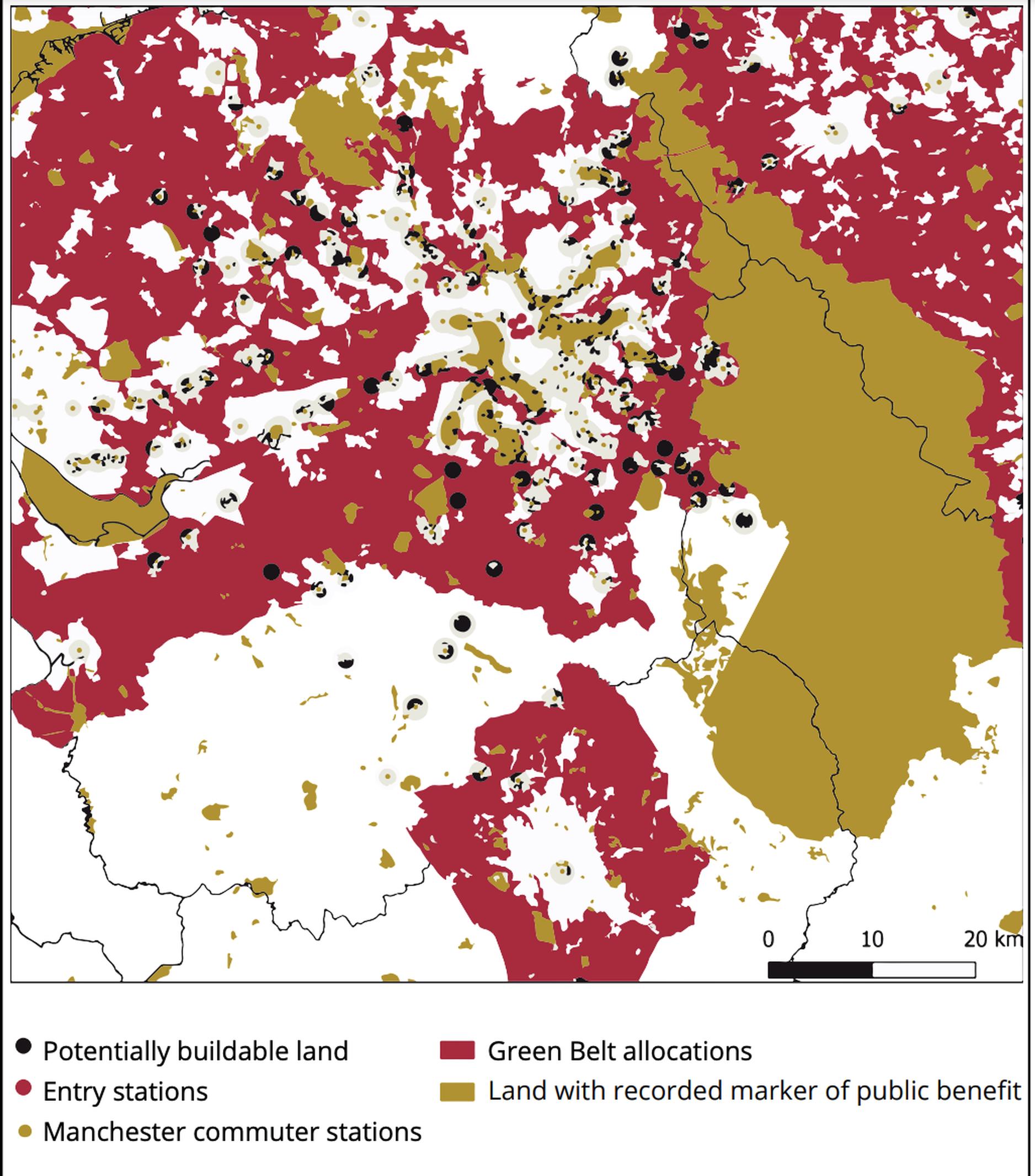

The House of Lords appointed a Built Environment Committee in May 2021 to consider matters relating to the built environment, including policies relating to housing, planning, transport and infrastructure. This week it released a report outlining the challenges facing the housing market – many of which have been well documented. The Committee also updated it advice to Government on building homes close to railway stations in its report Meeting Housing Demand.
Residential development on land around railway stations close to major cities would help meet housing demand. The Government should consider pilot schemes to facilitate this development
It says: 'The Government has set an ambitious target for 300,000 new homes per year (net additions) and one million new homes by 2024. In this report, says the Committee, ‘we call on the Government to take action and remove the administrative and other blockers which, at present, make increasing the number of homes built much more difficult.
'We recognise that these challenges play out differently across the country as a whole. London and the South East face different challenges to other regions, as do those at different ends of the affordability scale.
'Residential development on land around railway stations close to major cities would help meet housing demand. The Government should consider pilot schemes to facilitate this development. This would include releasing some Green Belt or agricultural land for development, any release of Green Belt land could be offset through land swaps.', for example.
The most powerful arguments for such a solution are that housing tends to be most unaffordable close to hubs of employment and that rail provides the fastest means of access to larger cities and, by a large margin, has the lowest carbon footprint of any mode of travel.
Maximising the use of existing rail infrastructure provides a low-carbon option for urban expansion and providing new homes. It would reduce the tendency to long-distance commuting, which has been accentuated by the COVID-19 pandemic. In contrast to building new rail links, expanding the capacity of existing rail links is relatively cheap and can be done through complementary investment in stations or by upgrading signalling and increasing frequency and speed where necessary. This model could be extended to other railway stations, such as parkways.
Research for the Centre for Cities concluded that the release for development of all land within 800 metres of any stations with a service of around 45 minutes to a major city, if that land had no marker of amenity or environmental value, would provide an additional 47,000 hectares in just five city-regions.
Setting aside 10% of this total for new accessible green space and building at a density of 50 homes to the hectare would provide land for 2.1 million new homes. While such a proposal would take some Green Belt land, the proportion it would apply to is small: for the five metropolitan regions included in the study this would cover just 1.8% of existing Green Belt land.
The Government has so far introduced funding to support development on brownfield land:
The Home Building Fund will provide £2.95 billion of loan funding supporting small and medium enterprises, custom builders and modern methods of construction to build housing, including some on brownfield land
The £400 million Brownfield Housing Fund has been allocated to seven mayoral combined authorities, enabling 26,000 new homes on brownfield land
The £75 million Brownfield Land Release Fund will accelerate the release of local authority-owned brownfield land for housing in areas not eligible for the Brownfield Housing Fund (£25 million is ringfenced for self- and custom-build projects may be on brownfield and greenfield sites that meet gateway criteria)
The Housing Infrastructure Fund has allocated £4.3 billion for provision of infrastructure for housing projects, including some on brownfield. Half of the projects funded have 50% or more of the housing area on brownfield.
TransportXtra is part of Landor LINKS
© 2026 TransportXtra | Landor LINKS Ltd | All Rights Reserved
Subscriptions, Magazines & Online Access Enquires
[Frequently Asked Questions]
Email: subs.ltt@landor.co.uk | Tel: +44 (0) 20 7091 7959
Shop & Accounts Enquires
Email: accounts@landor.co.uk | Tel: +44 (0) 20 7091 7855
Advertising Sales & Recruitment Enquires
Email: daniel@landor.co.uk | Tel: +44 (0) 20 7091 7861
Events & Conference Enquires
Email: conferences@landor.co.uk | Tel: +44 (0) 20 7091 7865
Press Releases & Editorial Enquires
Email: info@transportxtra.com | Tel: +44 (0) 20 7091 7875
Privacy Policy | Terms and Conditions | Advertise
Web design london by Brainiac Media 2020